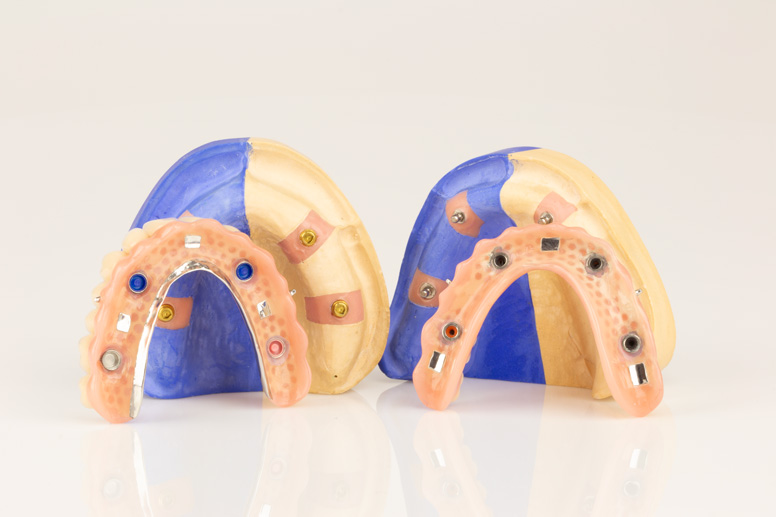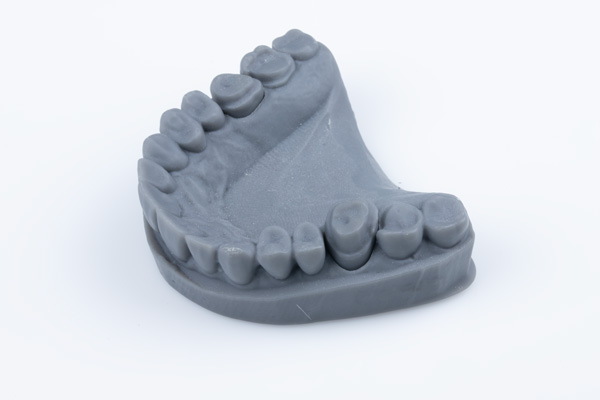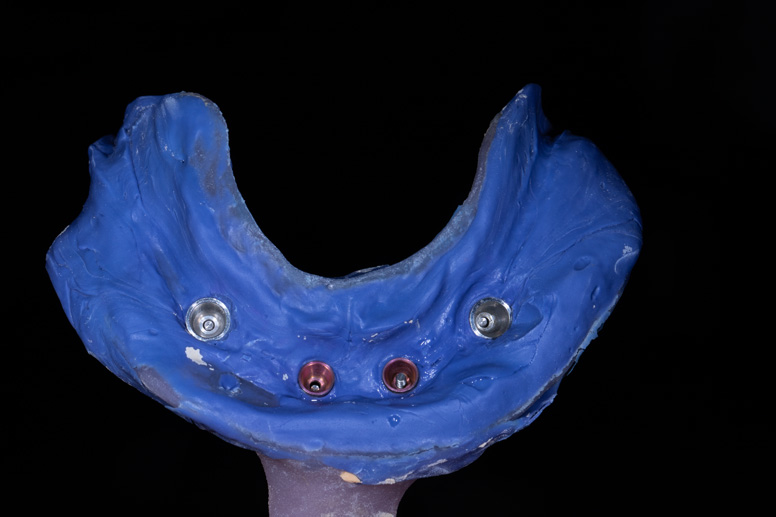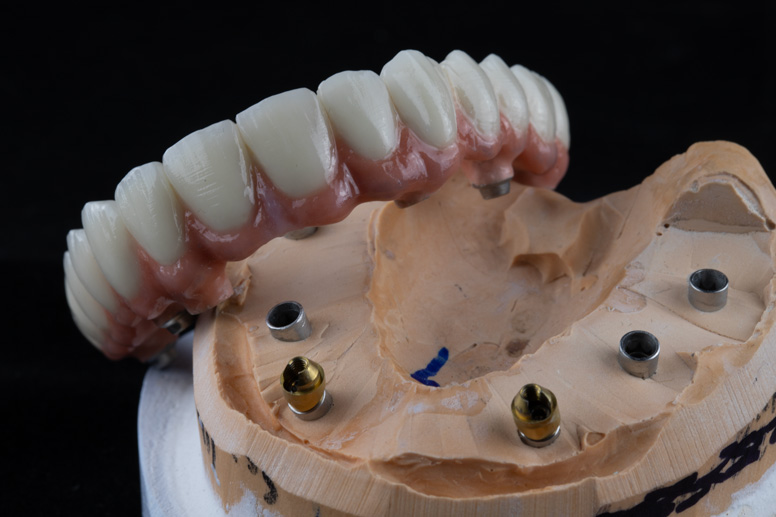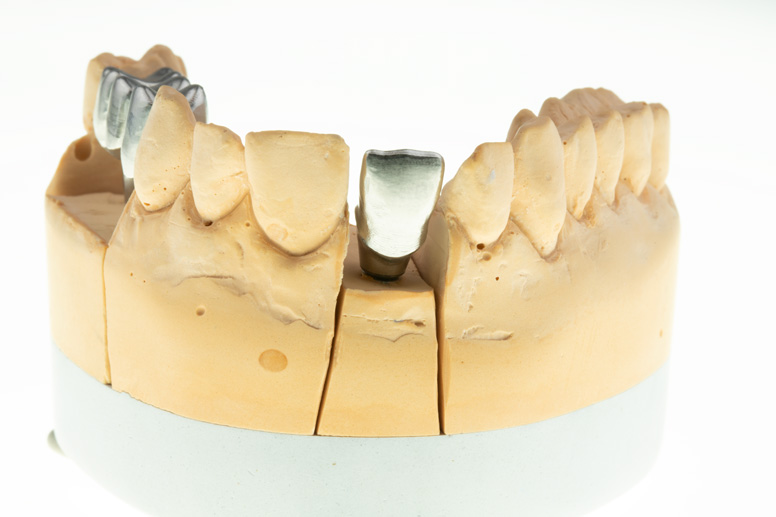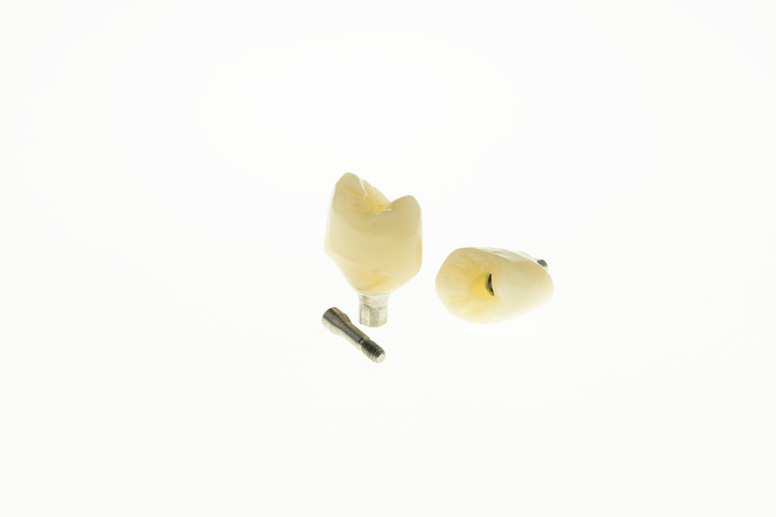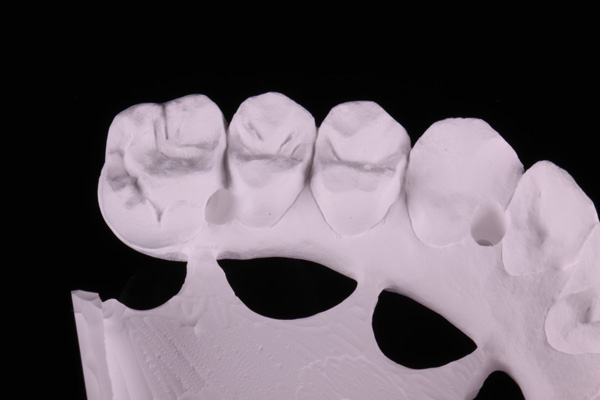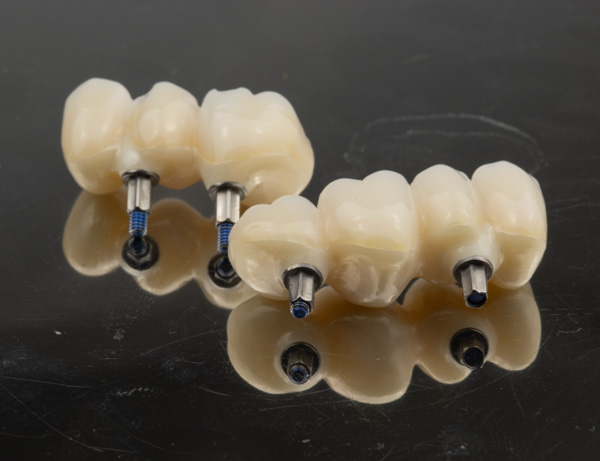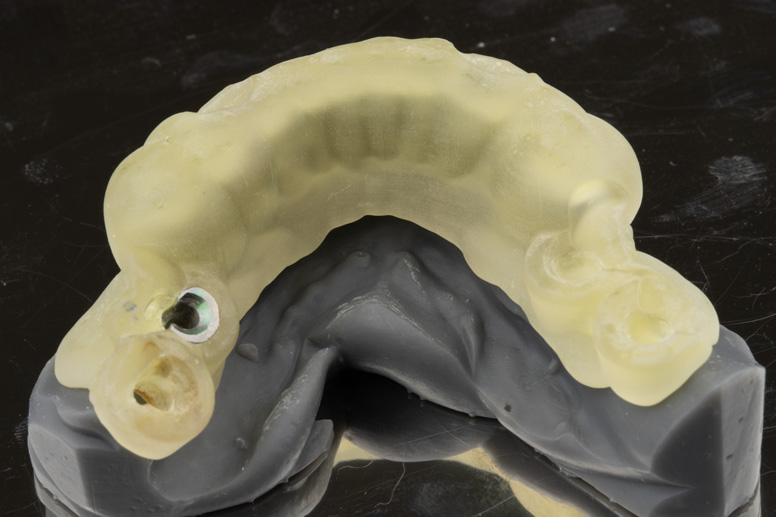
-
3D-printing
: 3D-printingCreate prototypes and models using 3D printing for detailed and precise products.
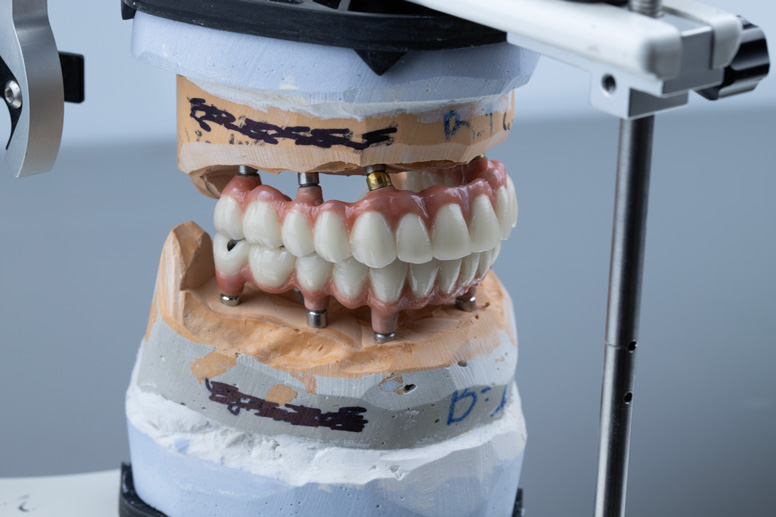
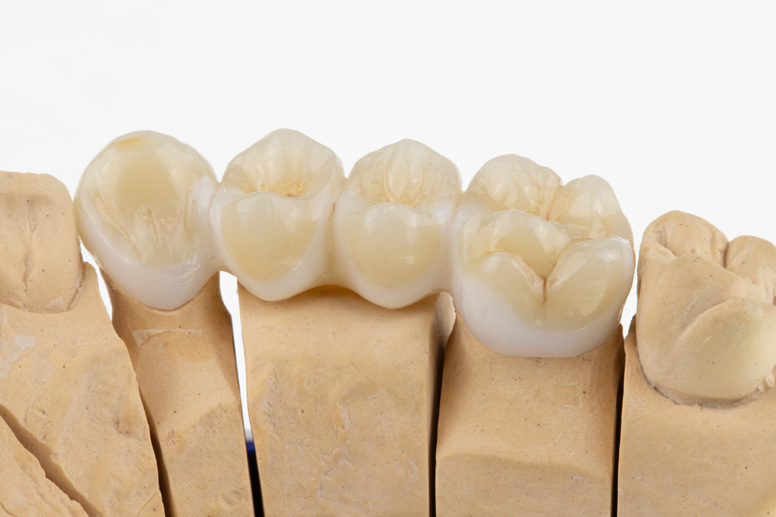
-
Zirconium oxide structures
: Zirconium oxide structuresProstheses made of zirconium dioxide, perfectly matching the color and shape of teeth.
-
Metal-free constructions
: Metal-free constructionsIdeal aesthetics, stability, biocompatibility, and durability of fixed dental prostheses.
-
Metal-ceramic constructions
: Metal-ceramic constructionsMultilayer ceramic coating on a metal cast or milled frame is a time-tested combination.
-
Hybrid dentures
: Hybrid denturesModern solutions for dental restoration: a combination of implants and removable structures.
